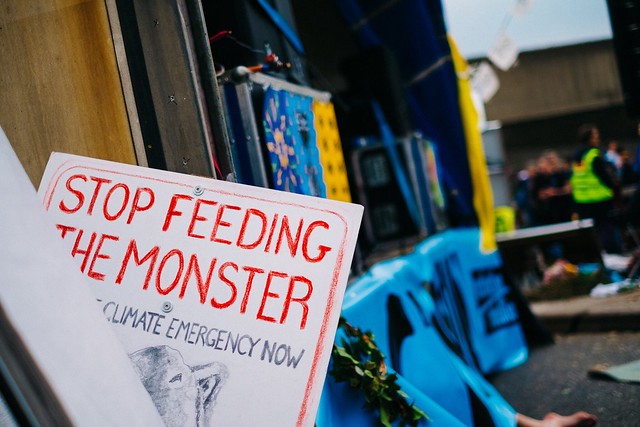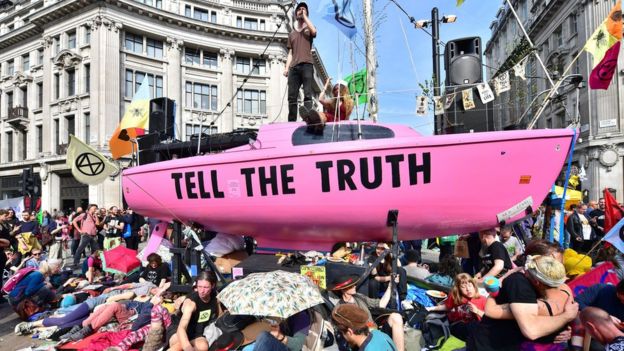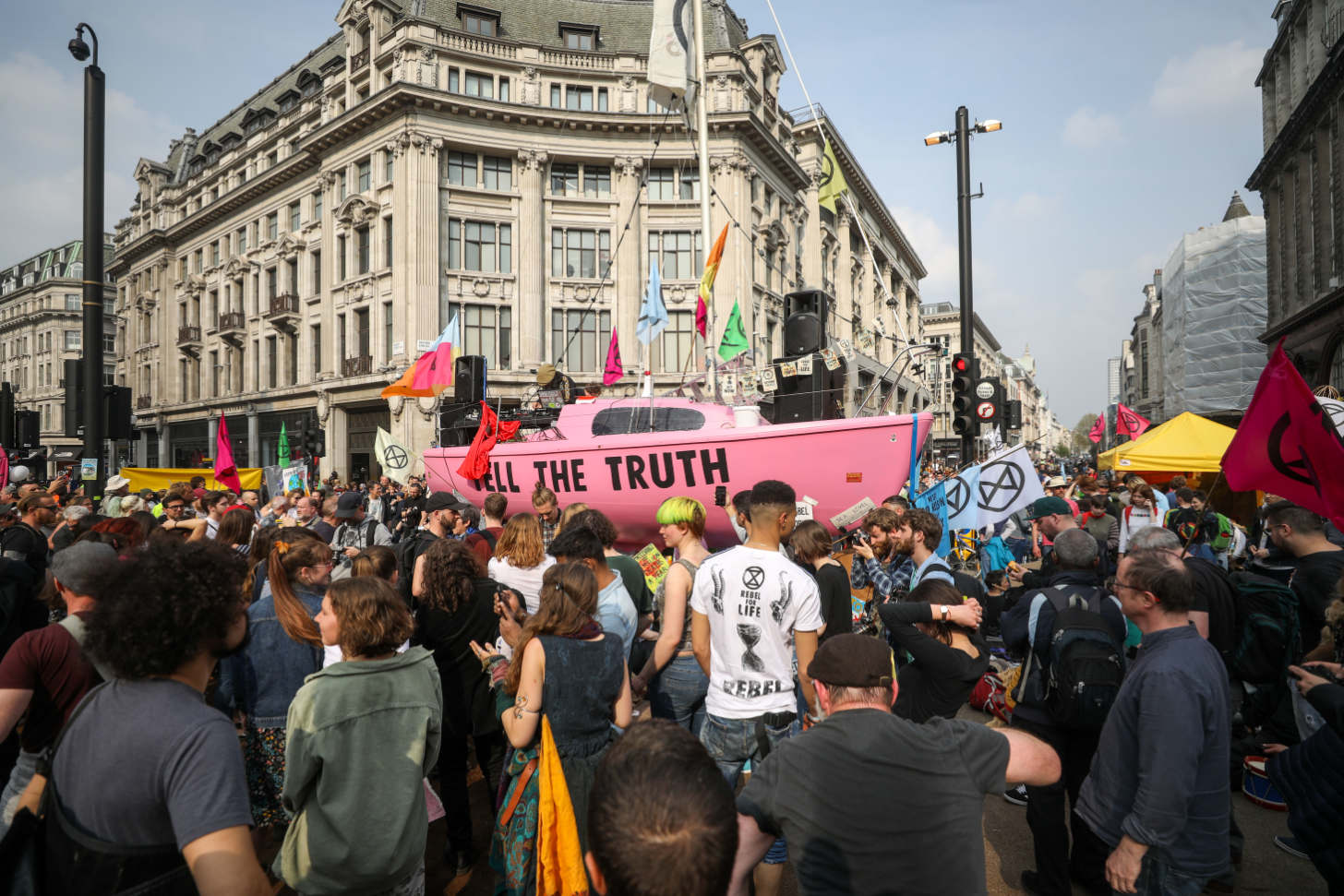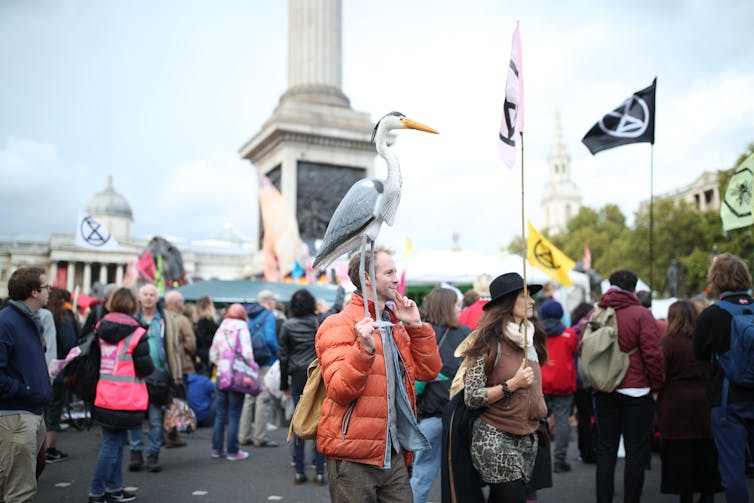Randomly selected 110-strong panel will try to come up with a plan to tackle global heating

The assembly will discuss policies such as bringing forward the ban on the sale of petrol and diesel cars from 2040. Photograph: Jack Taylor/Getty Images
Ordinary people from across the UK – potentially including climate deniers – will take part in the first ever citizens’ climate assembly this weekend.
Mirroring the model adopted in France by Emmanuel Macron, 110 people from all walks of life will begin deliberations on Saturday to come up with a plan to tackle global heating and meet the government’s target of net-zero emissions by 2050.
The assembly was selected to be a representative sample of the population after a mailout to 30,000 people chosen at random. About 2,000 people responded saying they wanted to be considered for the assembly, and the 110 members were picked by computer.
They come from all age brackets and their selection reflects a 2019 Ipsos Mori poll of how concerned the general population is by climate change, where responses ranged from not at all to very concerned. Of the assembly members, three people are not at all concerned, 16 not very concerned, 36 fairly concerned, 54 very concerned, and one did not know, organisers said.
The selection process meant those chosen could include climate deniers or sceptics, according to Sarah Allan, the head of engagement at Involve, which is running the assembly along with the Sortition Foundation and the e-democracy project mySociety.
“It is really important that it is representative of the UK population,” said Allen. “Those people, just because they’re sceptical of climate change, they’re going to be affected by the steps the government takes to get to net zero by 2050 too and they shouldn’t have their voice denied in that.”
The UK climate assembly differs from the French model in that it was commissioned by six select committees, rather than by the prime minister. Their views, which will be produced in a report in the spring, will be considered by the select committees but there is no guarantee any of the proposals will be taken up by government.
Jim Watson, a professor of energy policy at University College London, is one of four experts who will guide the members of the public in their decision-making. He acknowledged the scale of the challenges they faced in finding solutions to reaching net zero by 2050, which he said was “a hell of a job”.
As well as four experts to the assembly, a panel of advisers including representatives from the Confederation of British Industry, Trades Union Congress, National Farmers’ Union, environmental NGOs and renewable energy companies have helped provide the questions on which assembly members will be asked to give their views.
The key subjects to be considered will include transport, agriculture, domestic energy, and how consumerism is driving global heating. As well as policies such as bringing forward the ban on the sale of petrol and diesel cars from 2040, the panel will consider technological solutions to cutting carbon emissions. Watson said many technological initiatives were surrounded by hype. “It is really important we get across [to the assembly members] not just that the option is x, but what the status of that option is in the world,” he said.
The assembly will meet for four weekends. On the third weekend they will begin making decisions about ways to meet the net zero target.
A spokeswoman for Extinction Rebellion, which is calling for the government to create and be led by the decisions of a citizens’ assembly on climate, said they welcomed the fact that such assemblies were being used in mainstream politics. “However, because it is not commissioned by the government it is not what we are looking for. We want something with real teeth, that has actual power to influence policy,” she said. SOURCE















 A protester is detained during an Extinction Rebellion demonstration in Whitehall, London. Photograph: Henry Nicholls/Reuters
A protester is detained during an Extinction Rebellion demonstration in Whitehall, London. Photograph: Henry Nicholls/Reuters 